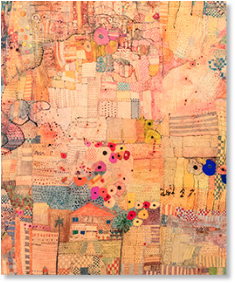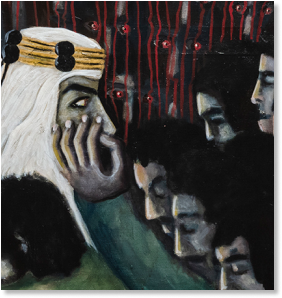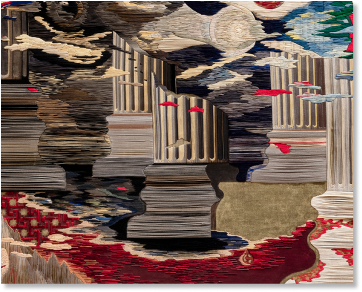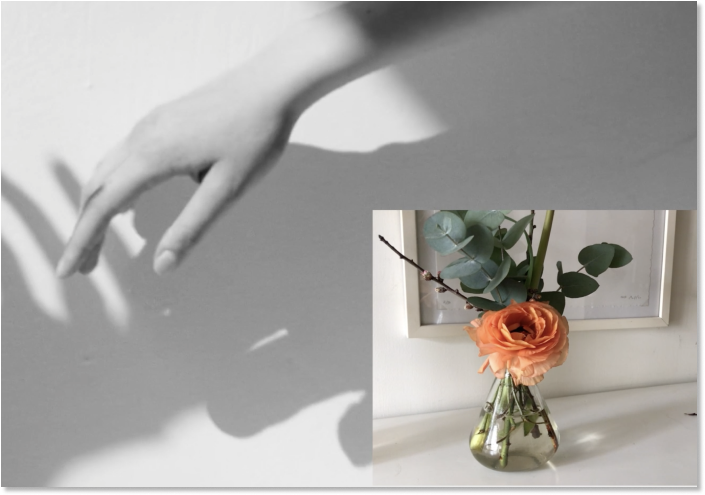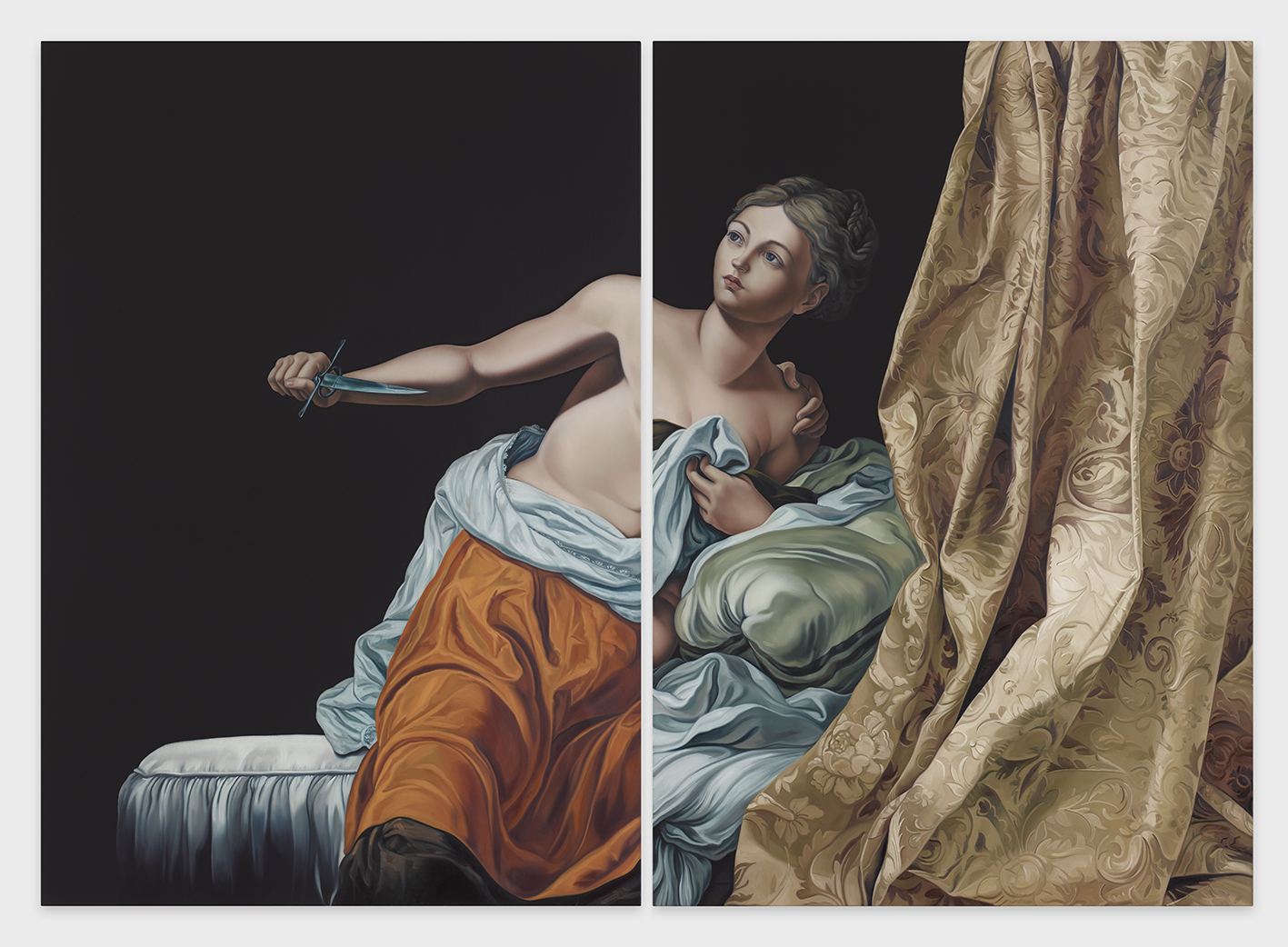
Louise Brunet is only 18 years old when she is recruited by a henchman of the
great silk merchant
Nicolas Portalis upon her release from prison in the Drôme region south of Lyon. On an icy
cold
morning in 1839 with few better alternatives, she embarks on the Heliopolis from Marseille
to
try
her luck in Lebanon. Eighteen other women all seeking the better life promised to them by
this
merchant of great repute also join the voyage. To the dismay of Portalis’s recruiter, some
appear
with their children. The additional cost of accommodating these unexpected extra travellers
will
become a matter of financial contention a few months later.
Portalis had recently hatched the idea of "importing" experienced spinners to launch his
business:
a major silk factory in the village of Btetir in Mount Lebanon. Lyon was an ideal breeding
ground
for this high quality workforce, but the city’s history of revolts would not make it easy
for
him.
In April 1834 , in the hope of improving their living conditions, the silk workers, known
locally in
Lyon as canuts, had thrown the capital of Gauls into chaos during the second Canut revolt.
The
civil
unrest became so widespread that the French state was forced to intervene, sending armed
troops
from
Paris to reestablish order, which they had already done in 1831 and would do again in 1848.
The
Brunet household – built by a spinner to provide housing for his workers and who most likely
was
related to Louise – became a stronghold for the canuts. The revolt was ultimately suppressed
by
force. Louise Brunet was imprisoned along with over 10,000 other participants in the revolt.
However, as her story proves, the seed of her resolve against the established order was
deeply
rooted.
At some point during the voyage to Lebanon, the captain deviously suggests he no longer
wants to
deliver Louise and the other spinners to Portalis. Louise is forced to submit to him
sexually in
order to reach her final destination. A few months later, she writes to her sister to tell
her
about
the hell of her daily life. “It is a blessing that some of these women perished due to the
cholera
pandemic that had swept across Beirut upon our arrival,” Brunet laments. She tells her
sister
how
she has taught young Lebanese women not to put their health at risk in spinning mills. Many
of
these
women are actually six-year-old children. They were recruited from Jesuit and Lazarist
orphanages
financed by the affluent Lyon Silk merchants who own the factories. The most notorious among
them
were the spinning factories of Mourgue d’Algue in ‘Ayn Hamadé, Palluat and Testenoire et Cie
in
Al
Qrayyé, which would eventually be bought by Veuve Guérin et Fils. The latter, whose
factories
are
the largest with 558 basins spread over four buildings, are infamous for their collaboration
with
the sisters of the Filles de la Charité.
The working conditions are so bad that Louise foments a revolution with some of her peers
and
eventually flees. She is captured and once again finds herself imprisoned. Louise’s name
appears
once more in a letter addressed from Portalis to Nicolas Prosper Bourée, the newly installed
French
Consul General in Beirut. In the letter, Portalis refuses to pay for her expatriation. In
one
ambiguous passage from this correspondence – which can be found in the classified archives
of
the
French Ministry of Foreign Affairs as file number 92PO_A_28 – Portalis’ strongman Clément
Dreveton
proposes paying for Louise’s trip to the neighbouring island of Cyprus but declines to
finance
her
travels any further. Beyond this letter, Louise disappears. Resistant at heart, the image of
the
young woman dipping her skilled hands every day in bubbling chemicals to pull out thin
threads
of
silk is still haunting. Almost two hundred years later, is it not imaginable that Louise
Brunets
around the world continue to be depleted by the skewed economic structures that exploit
them?
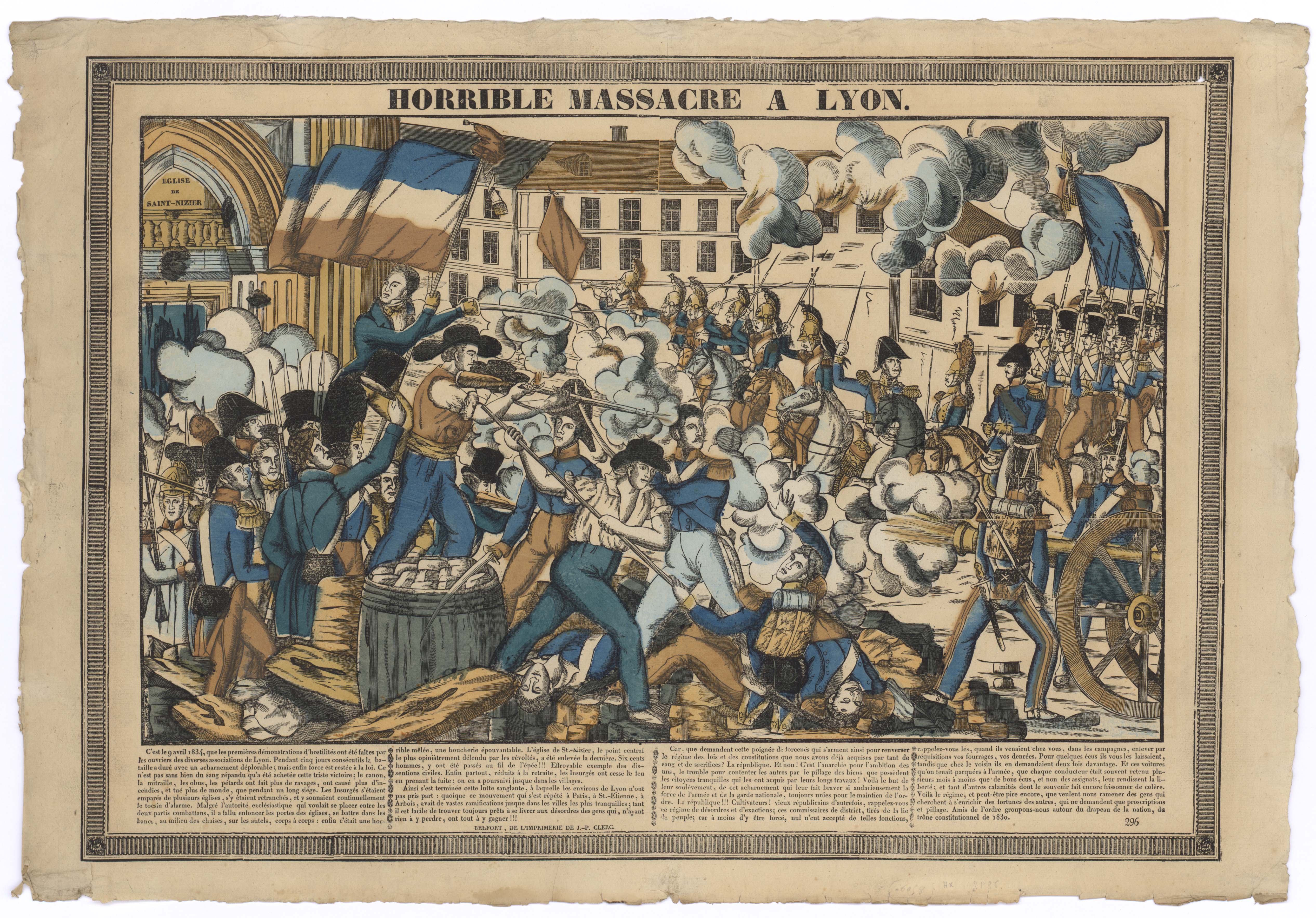
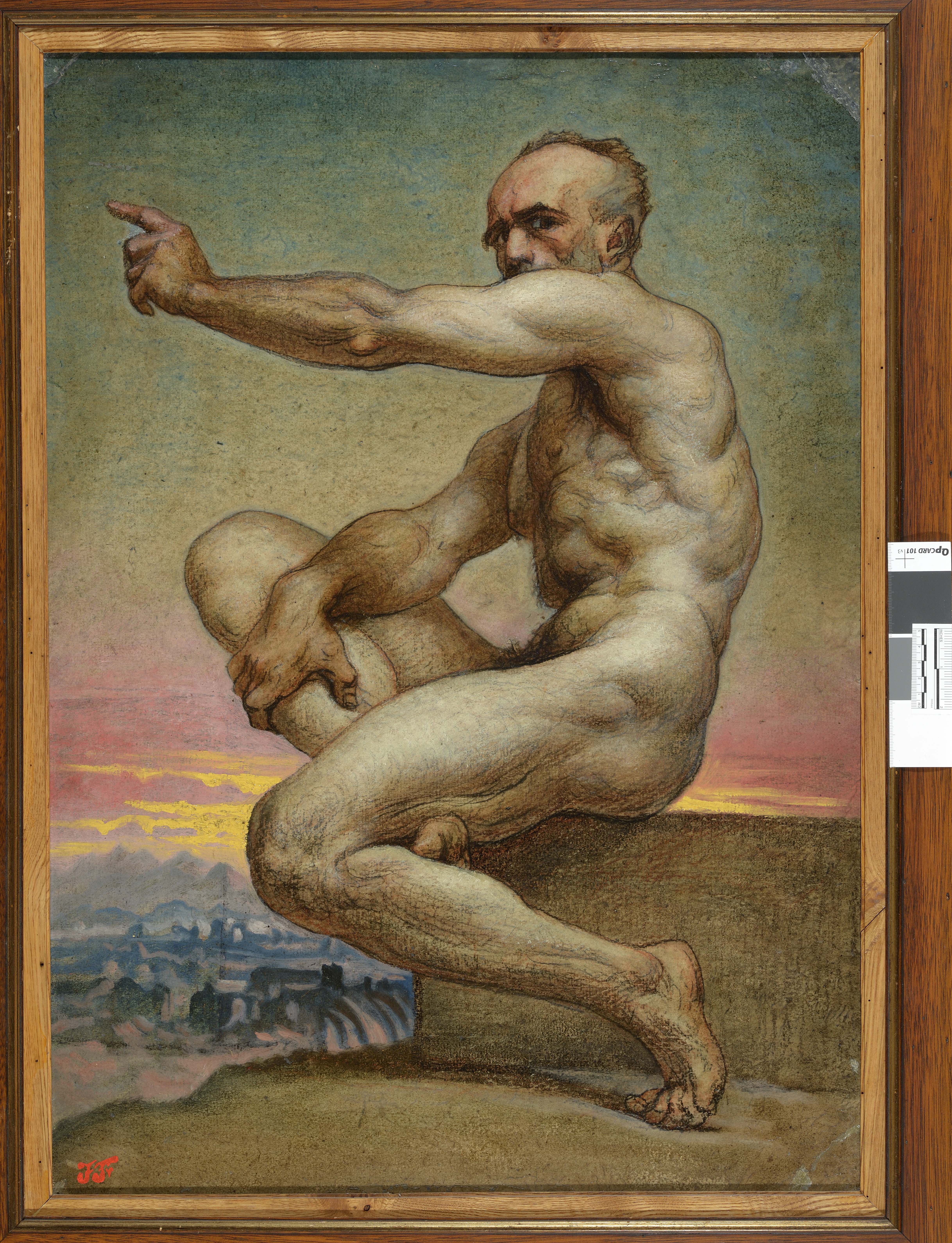
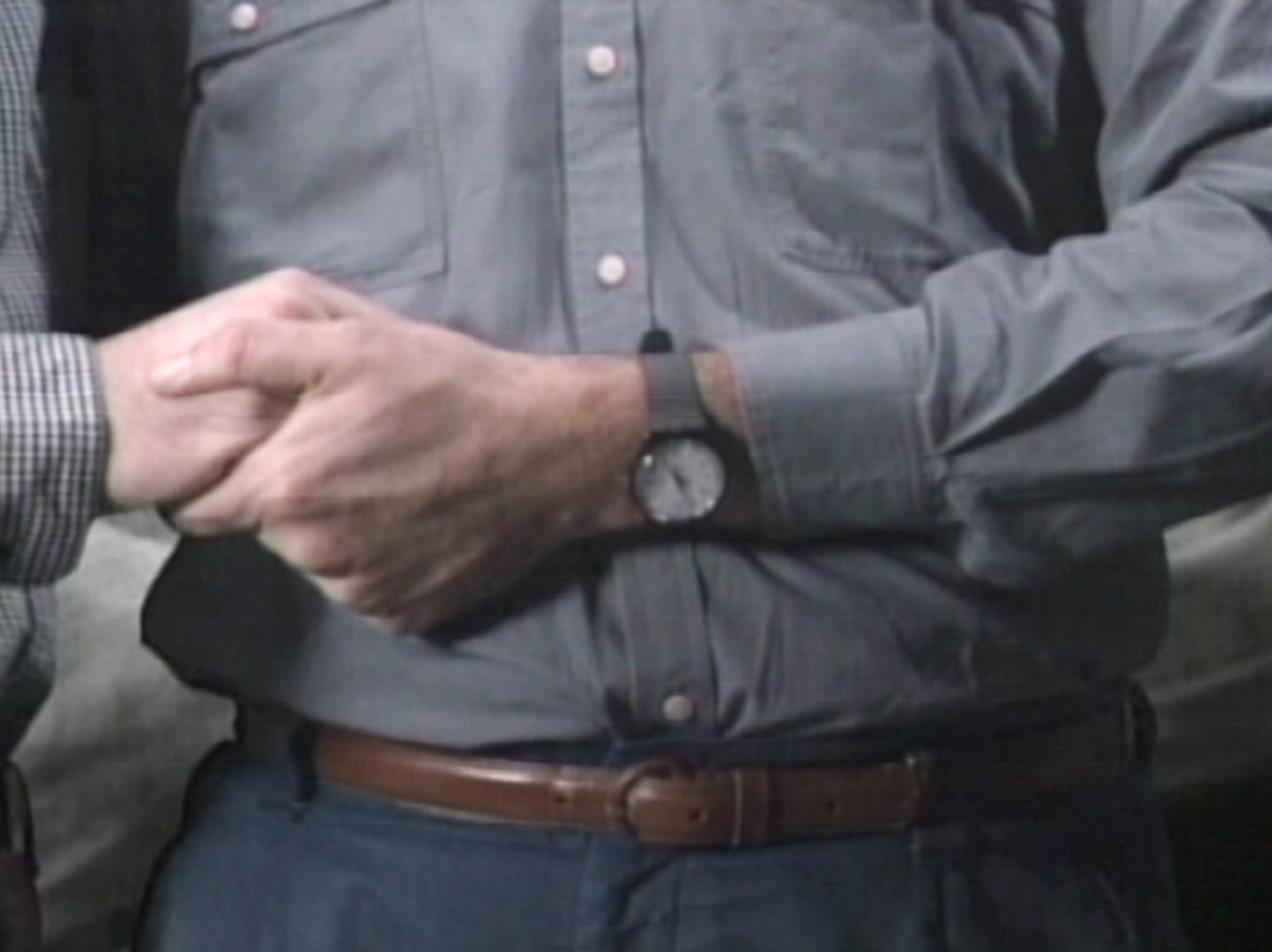
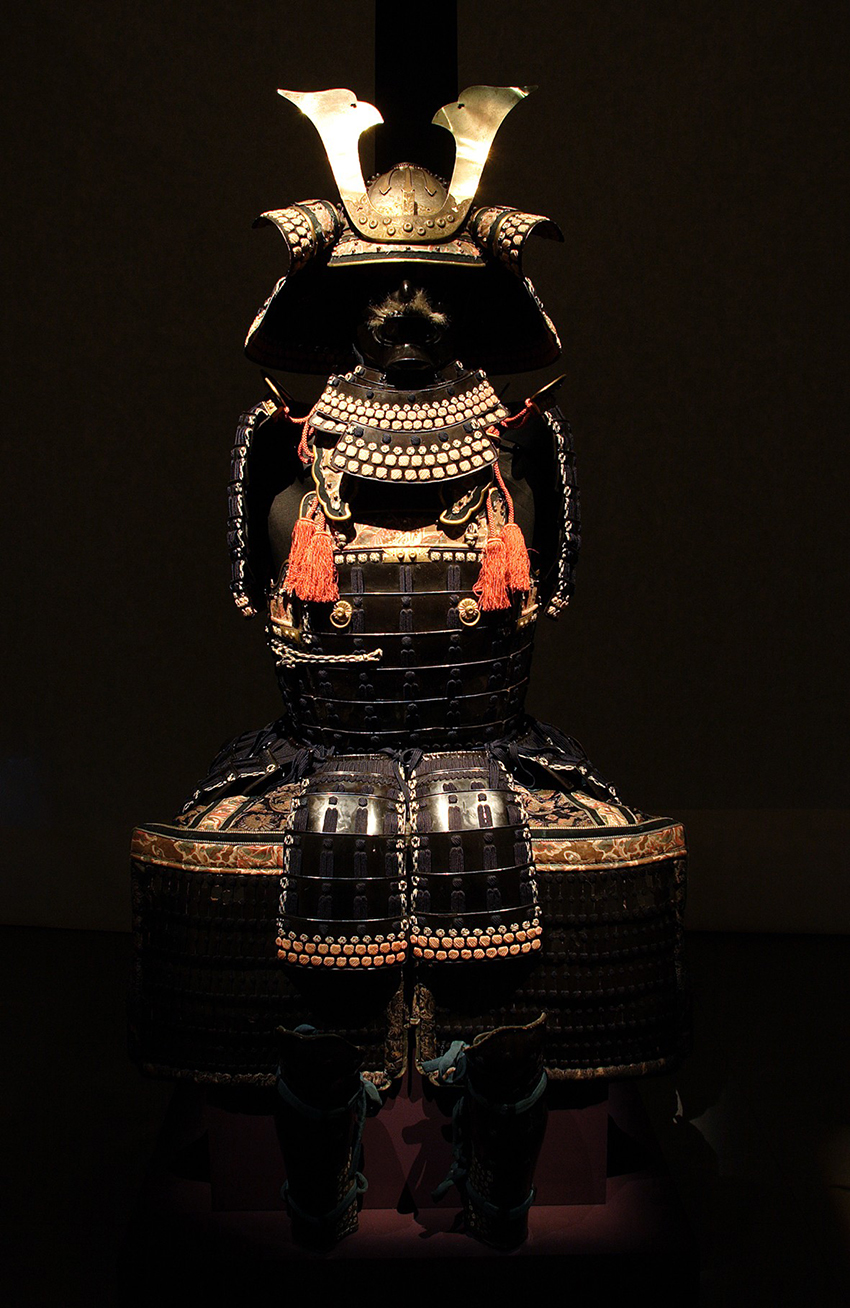
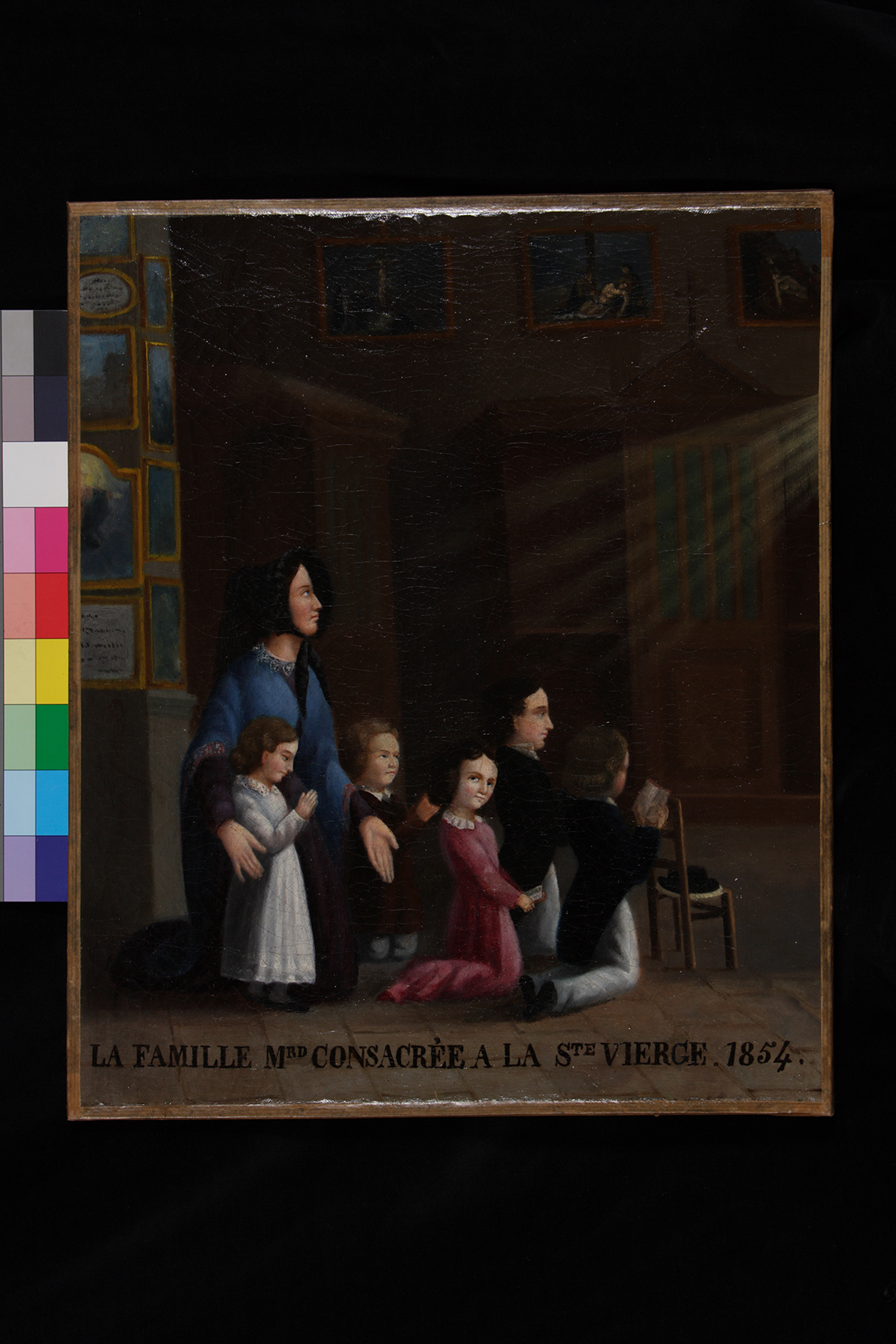
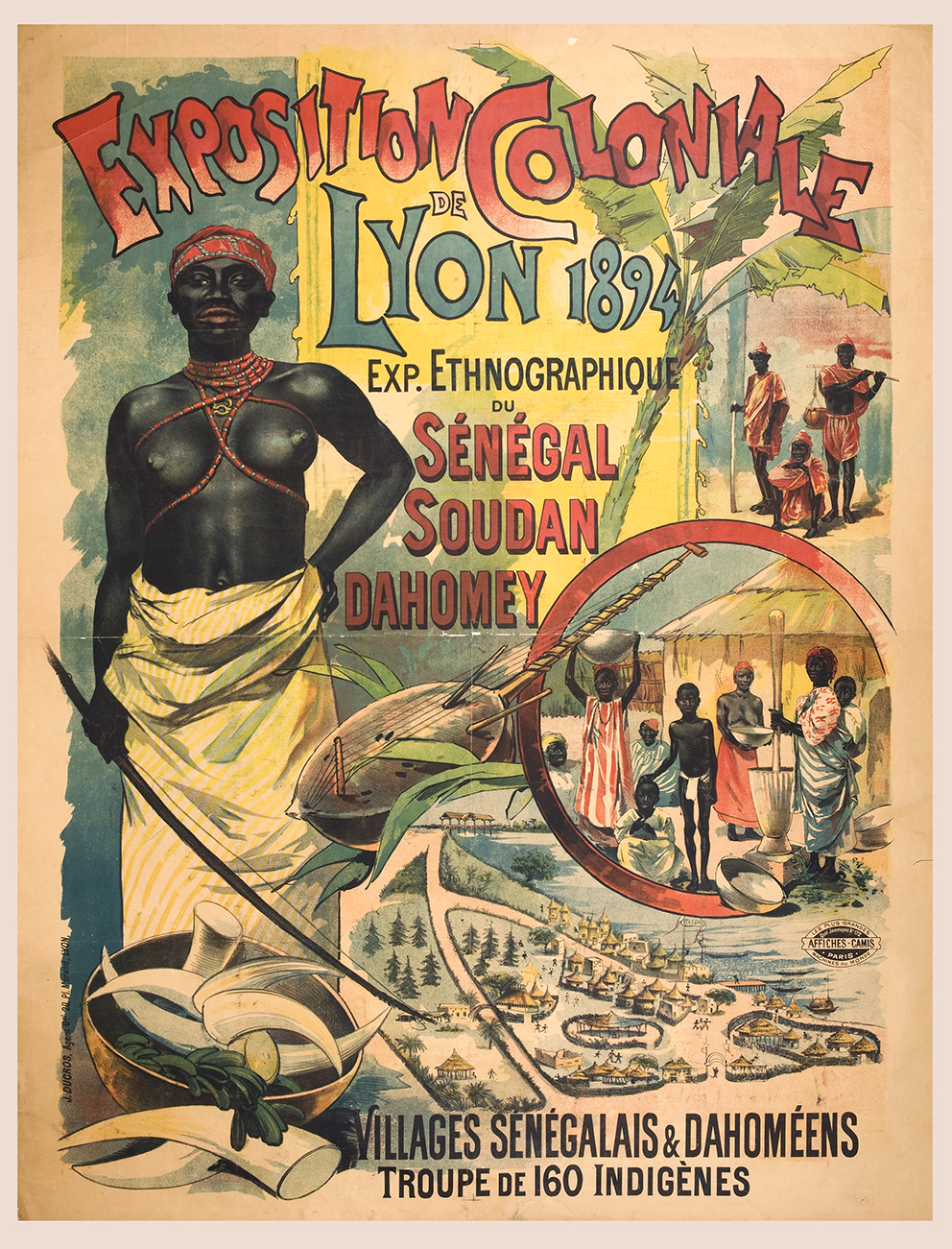
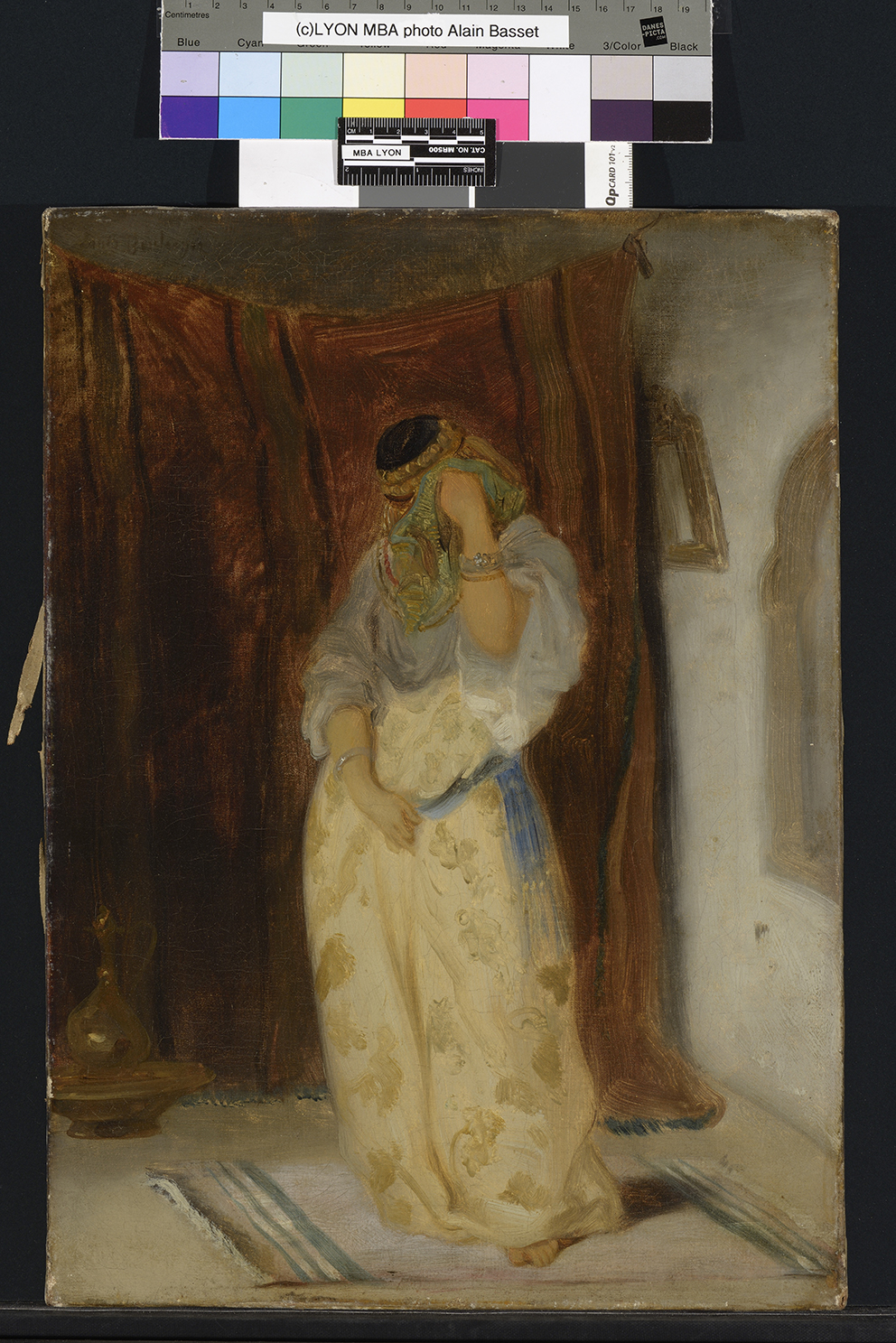
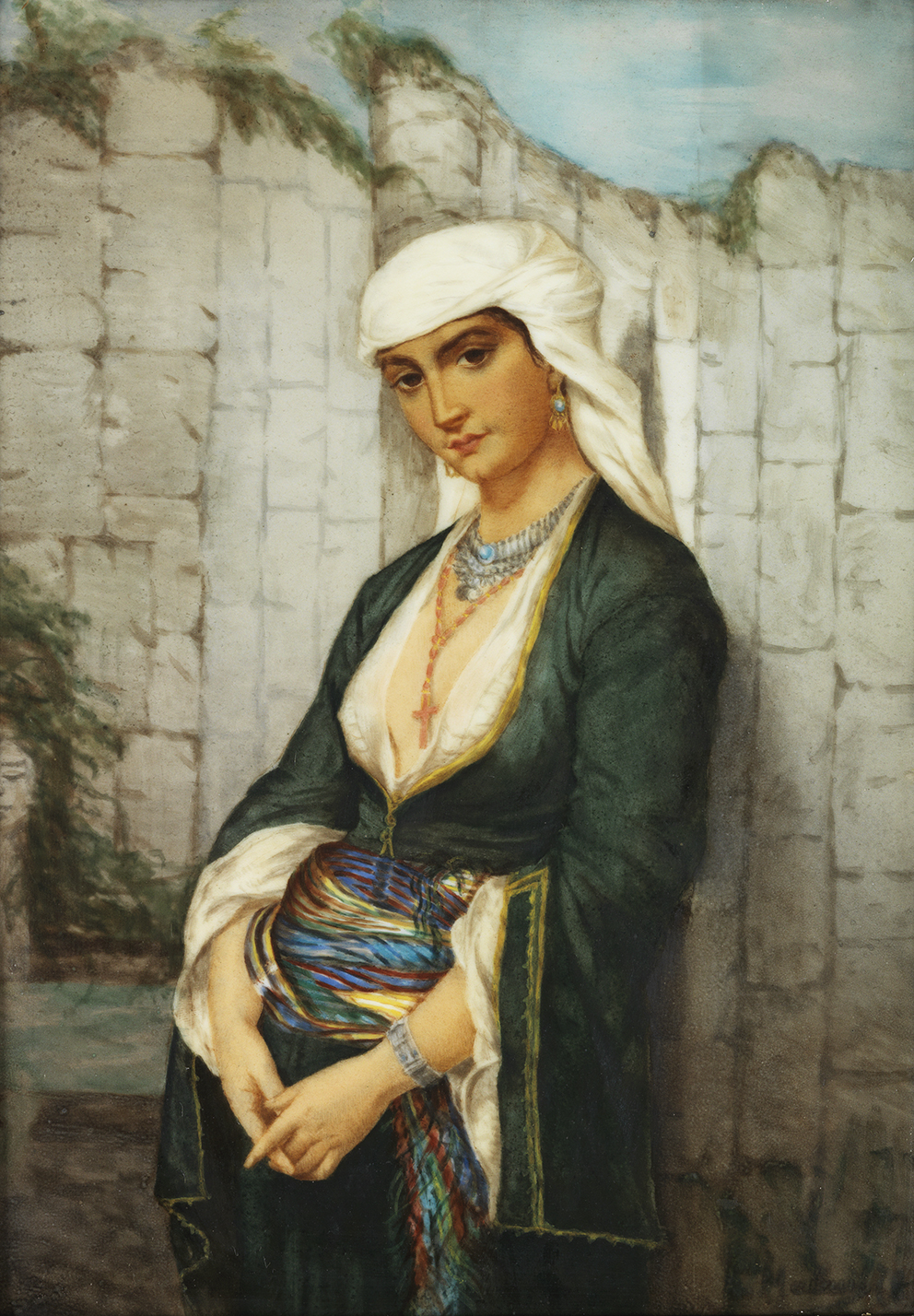
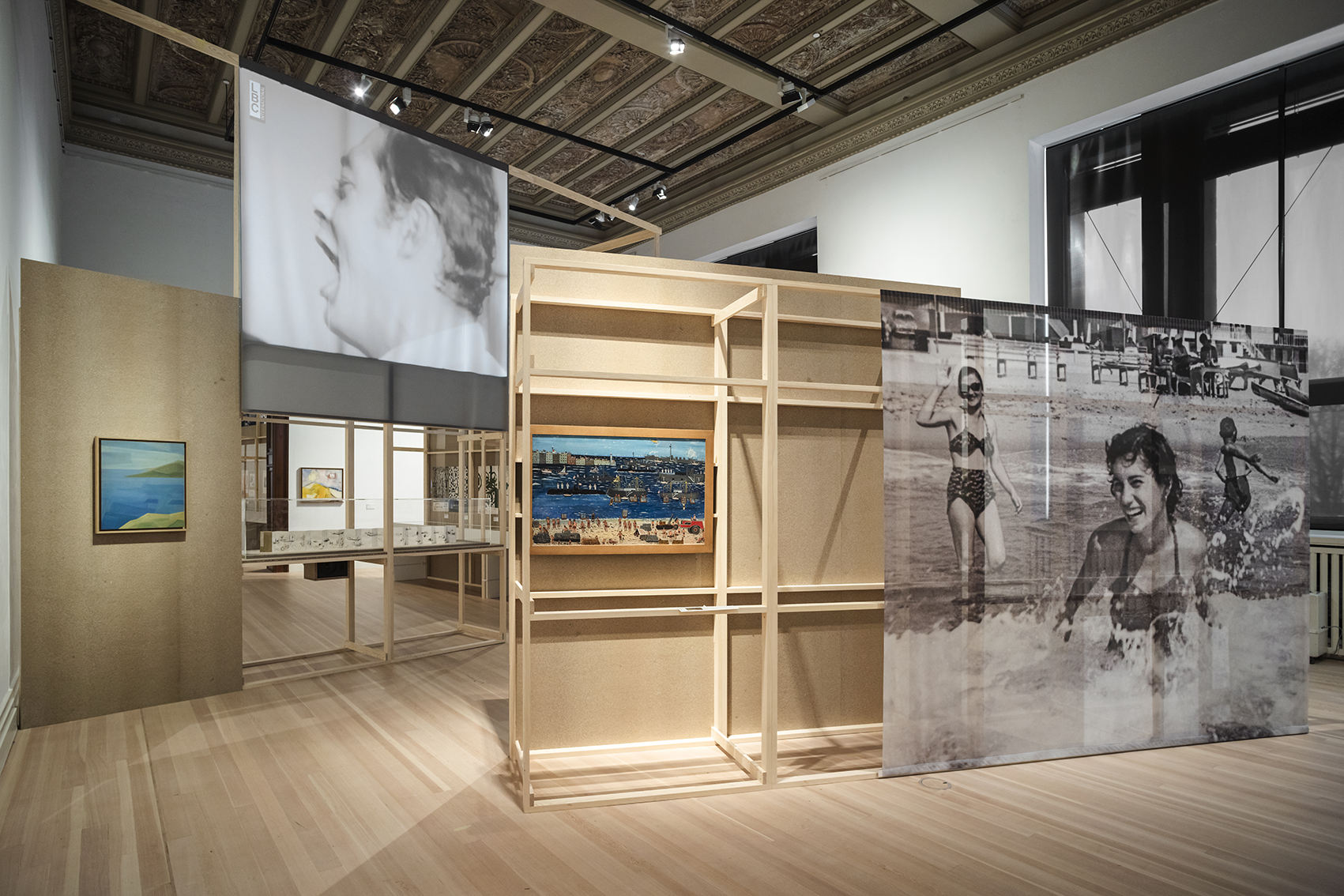
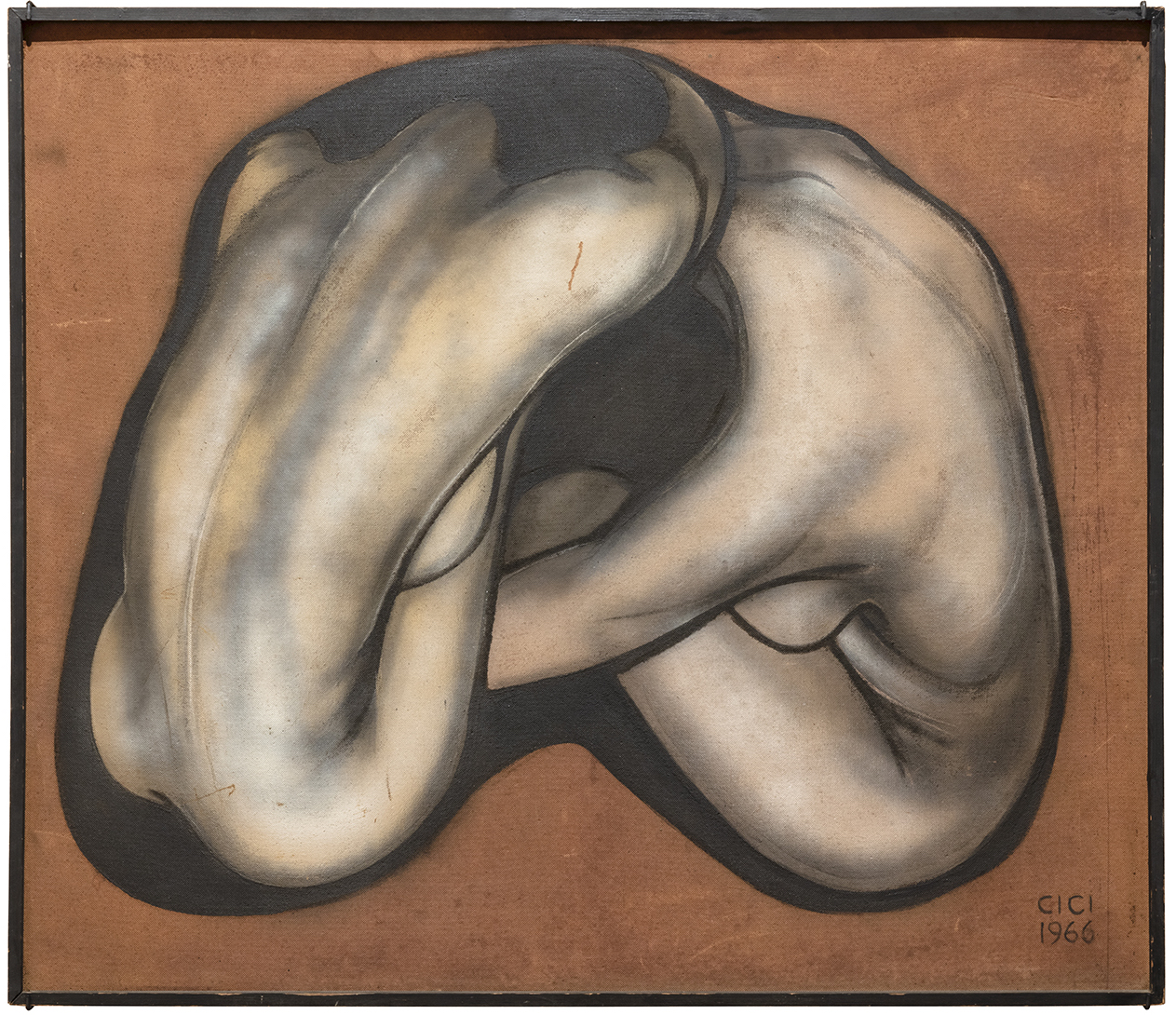
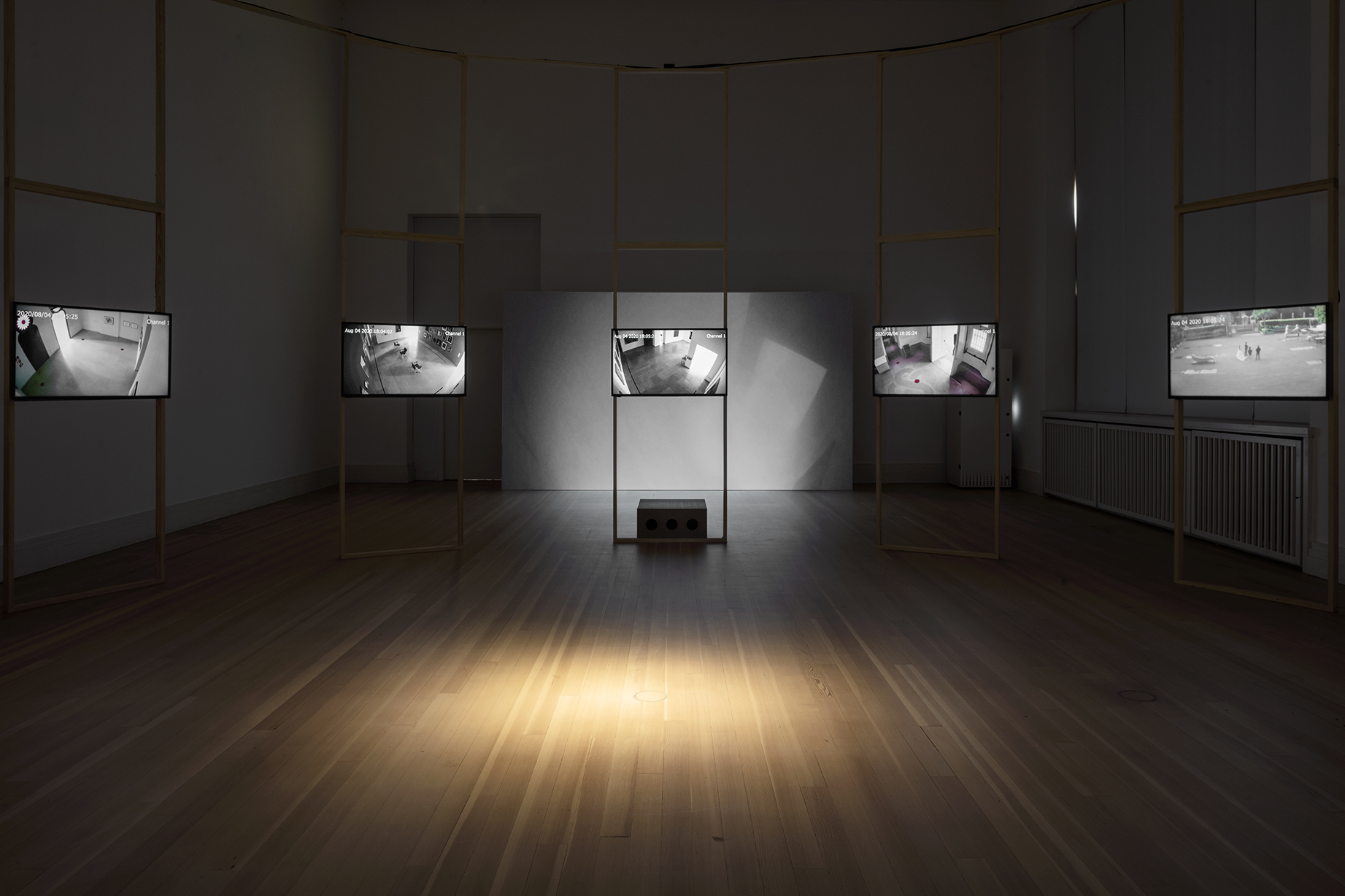
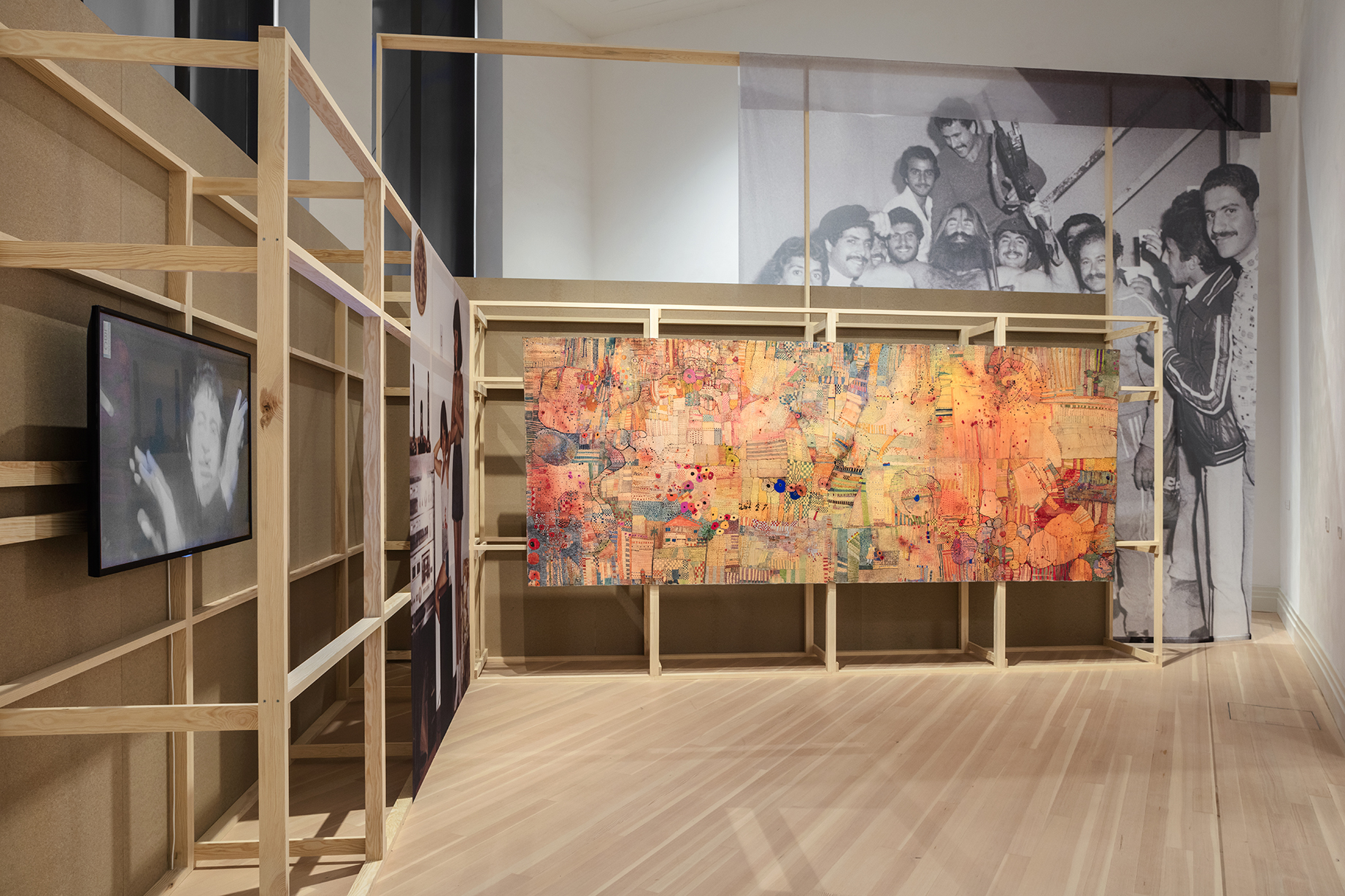
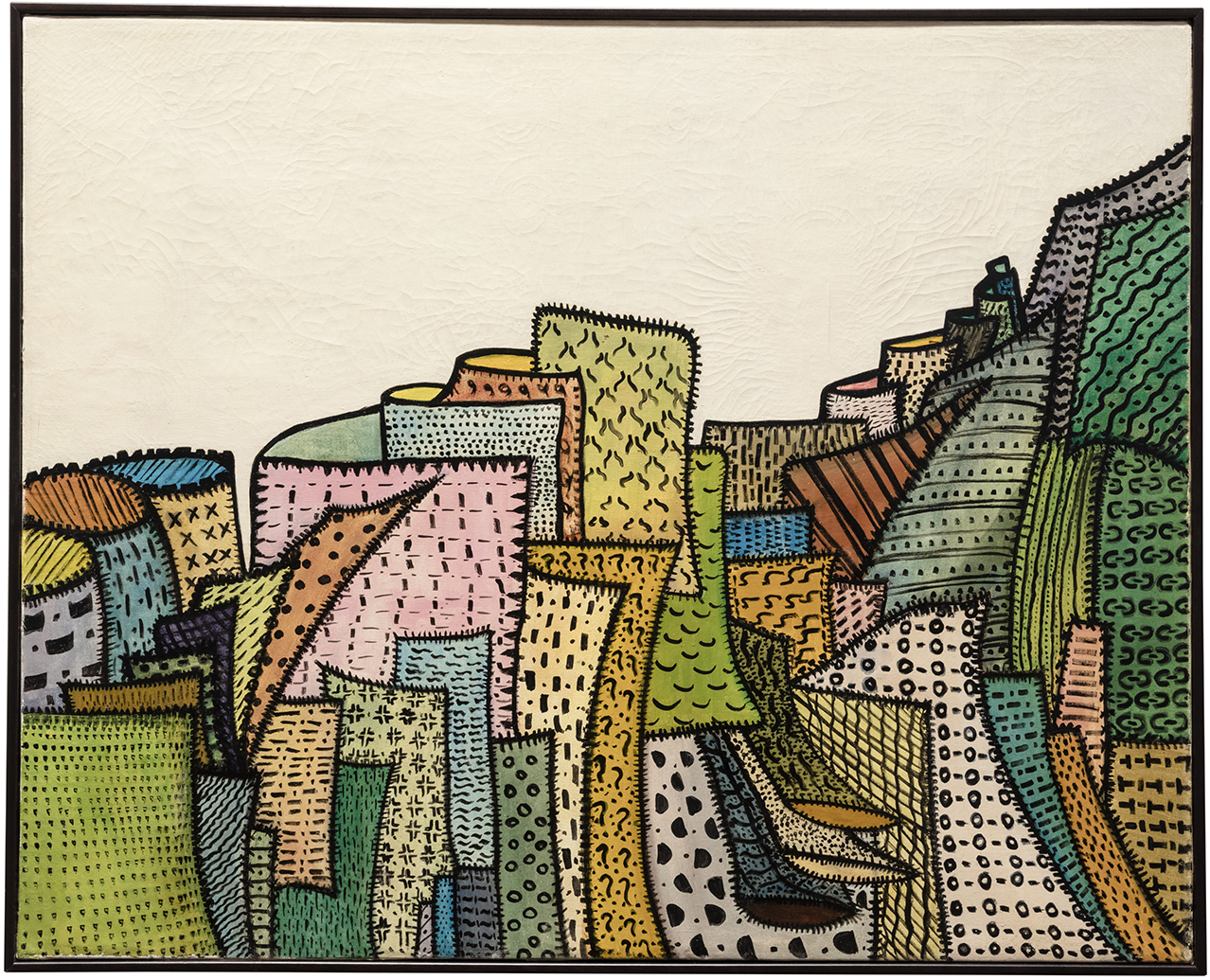
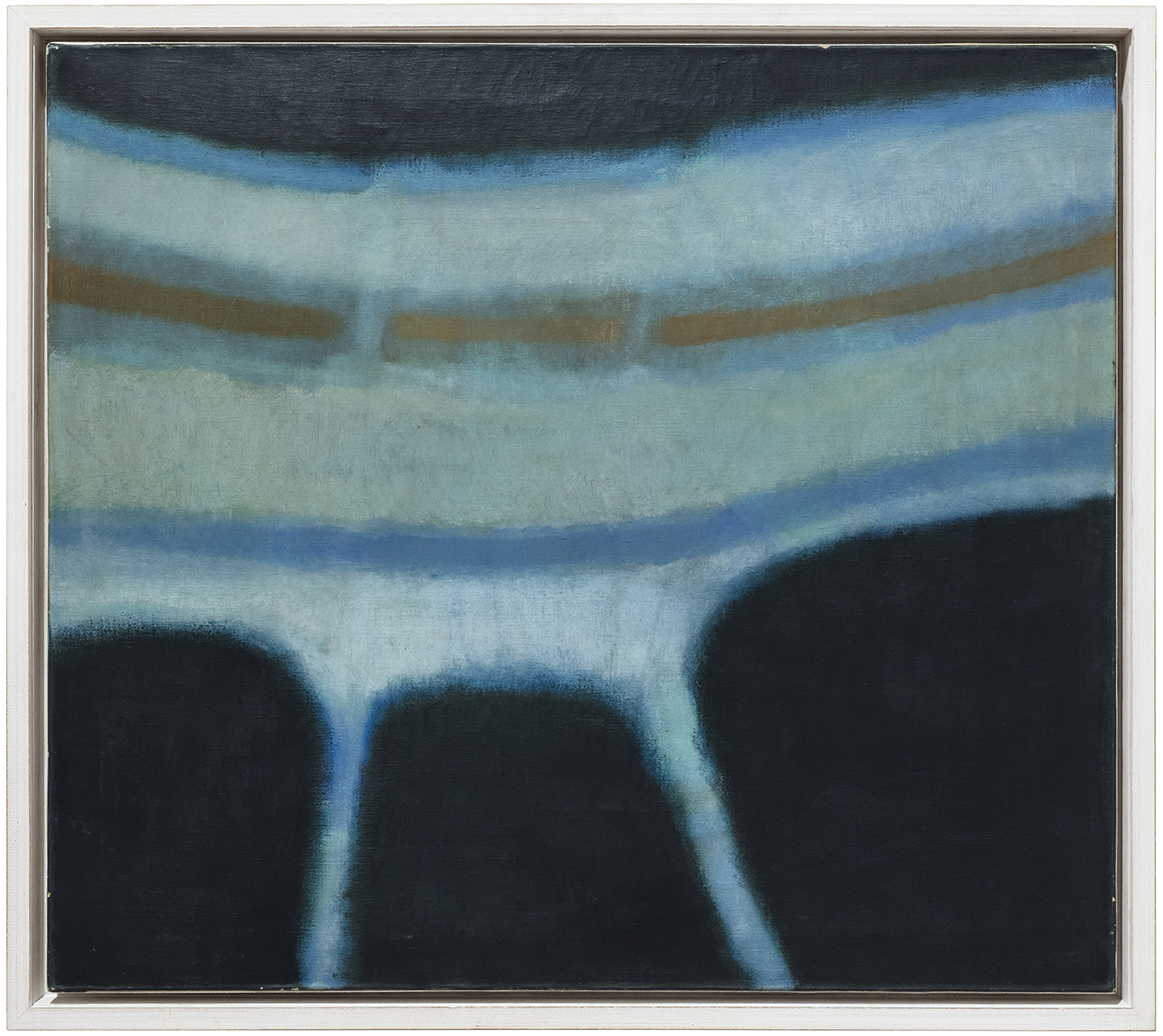
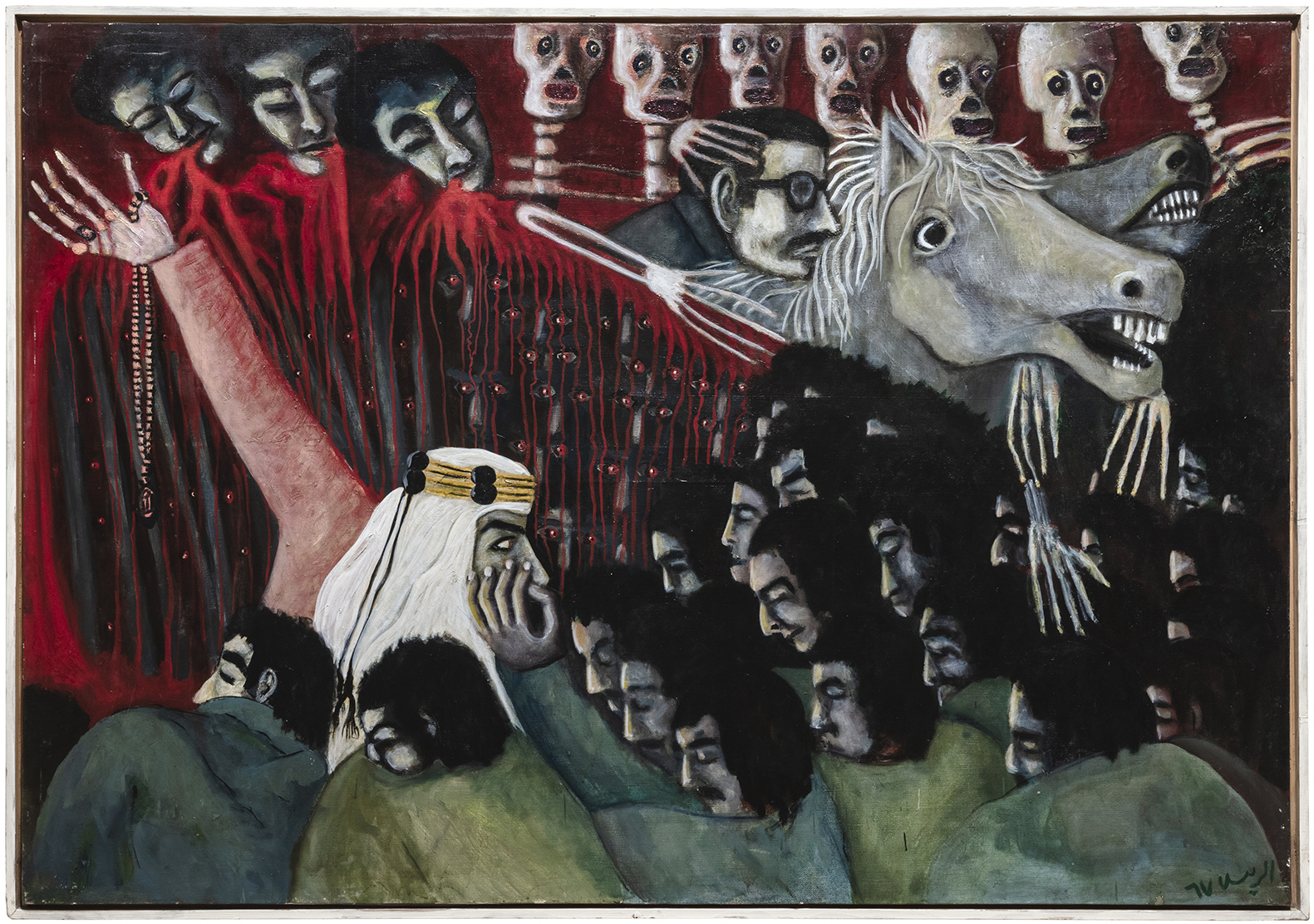
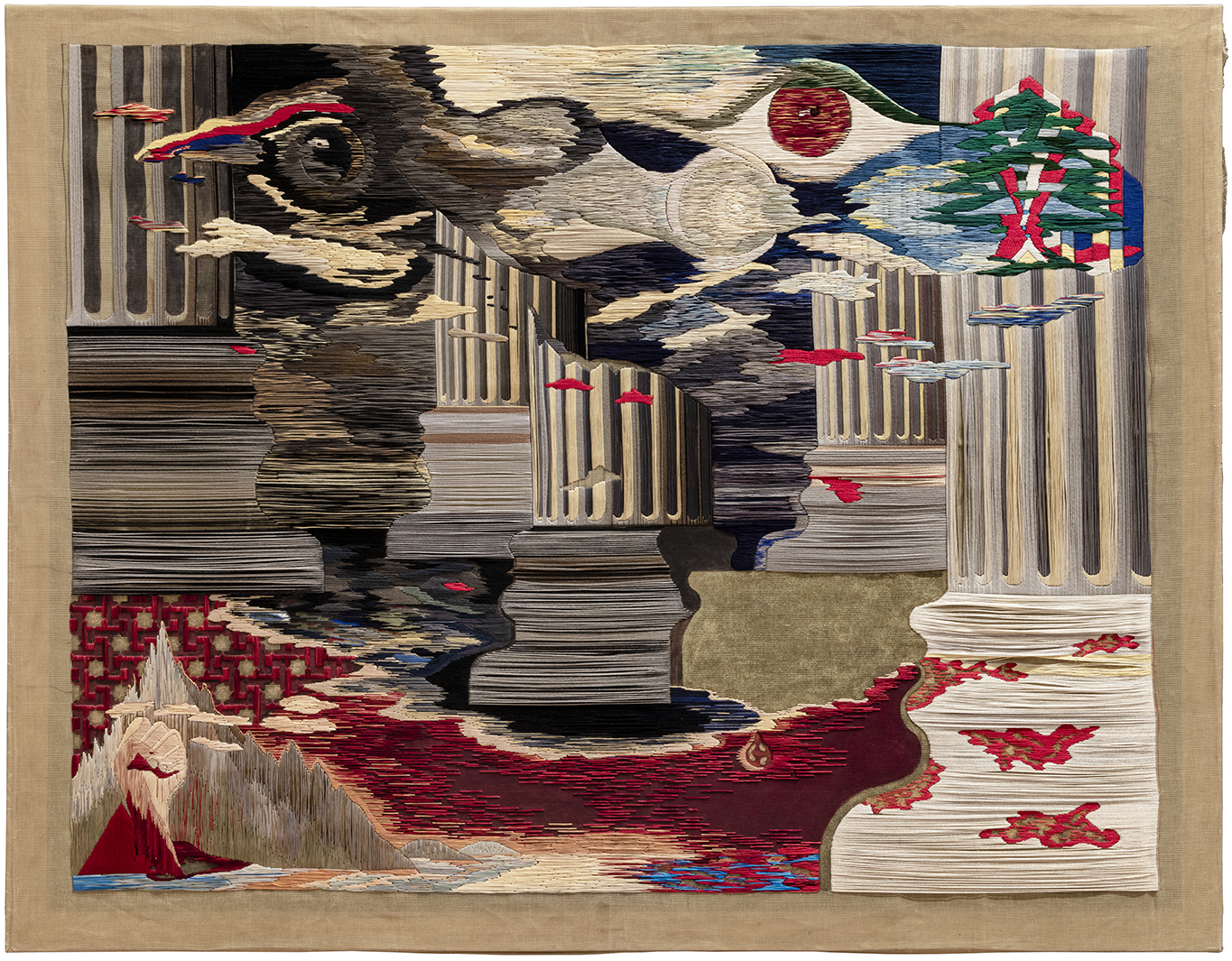
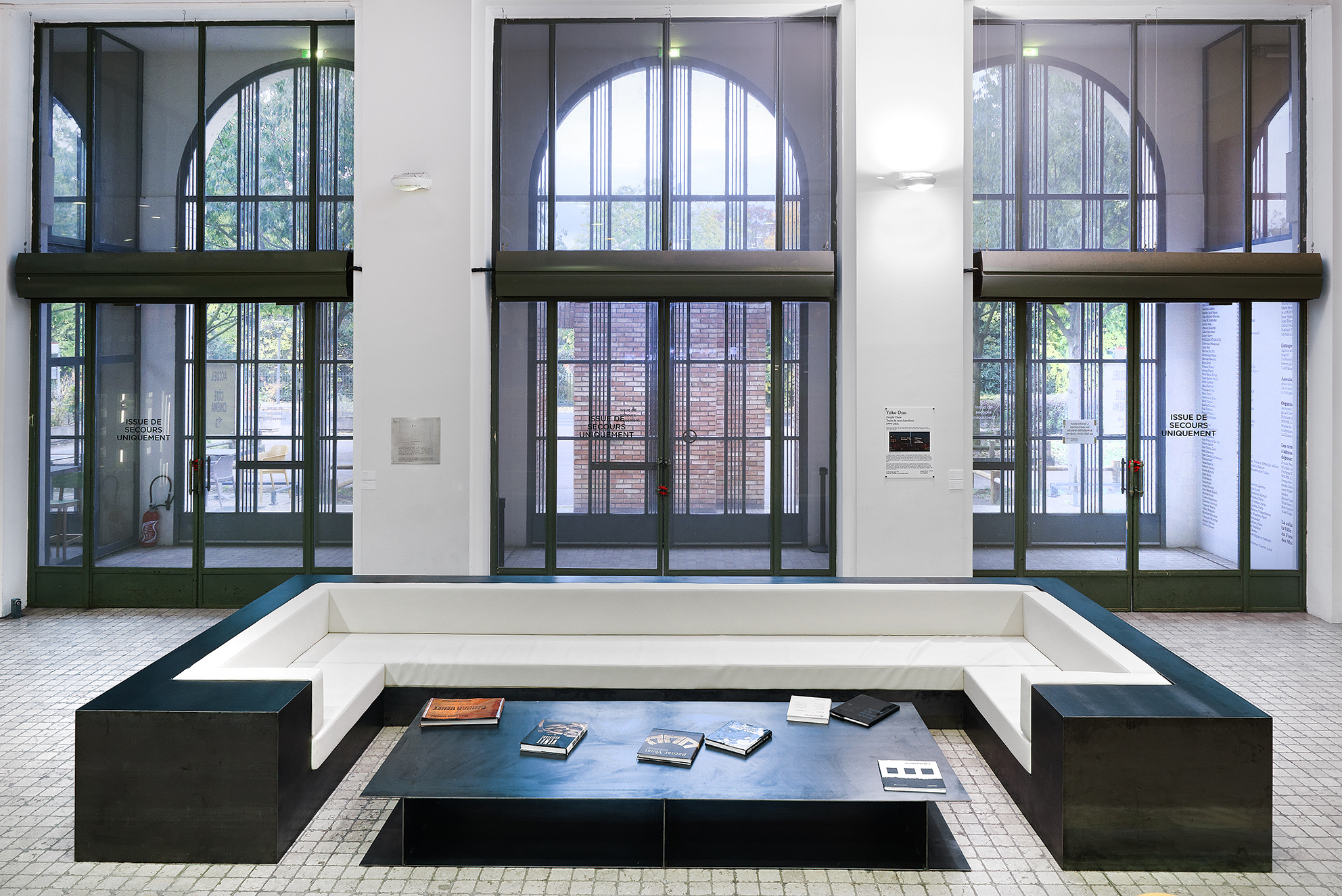
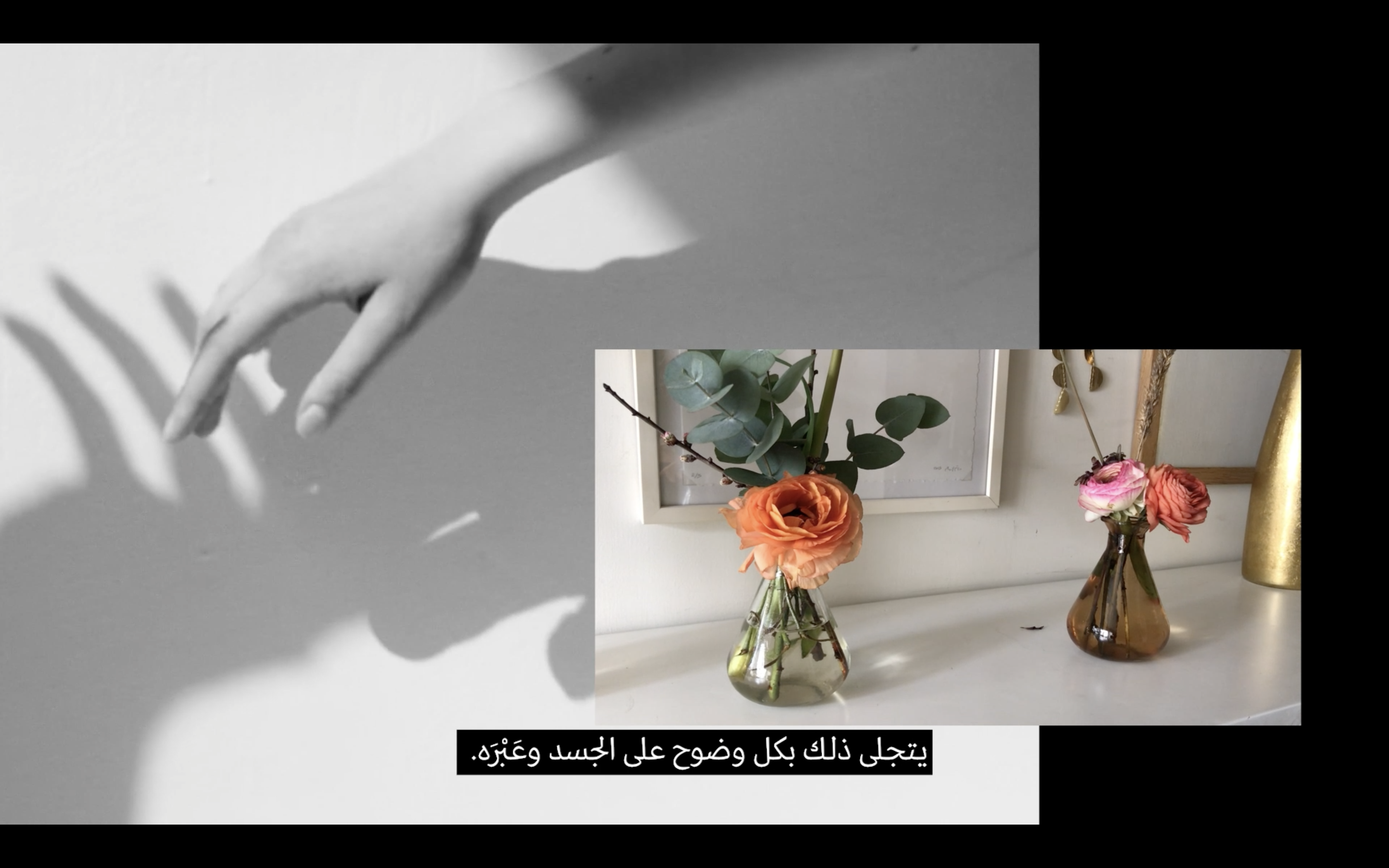
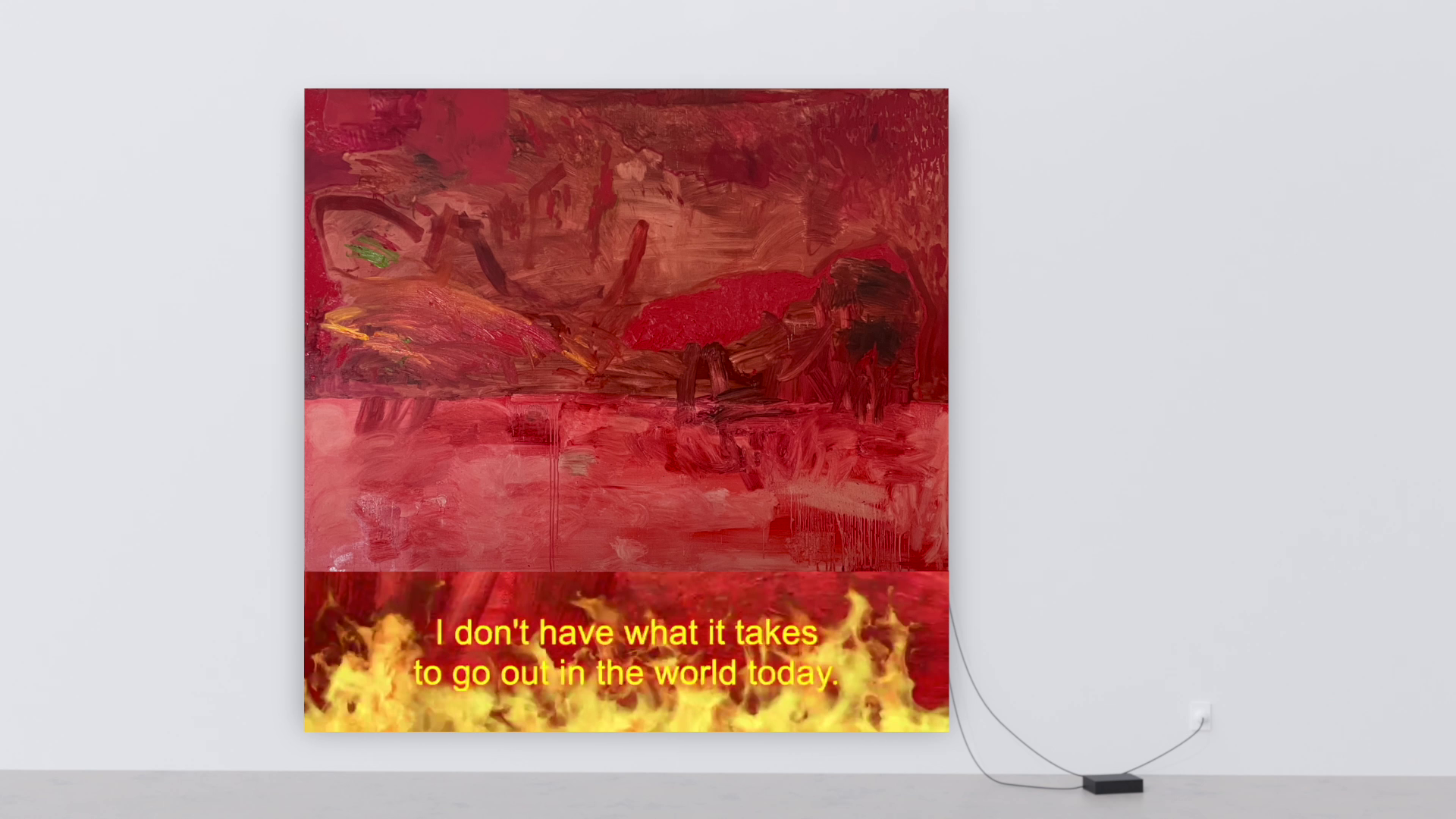

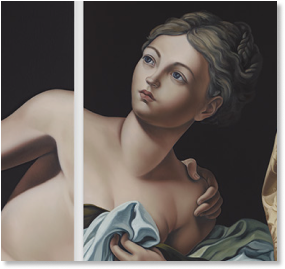
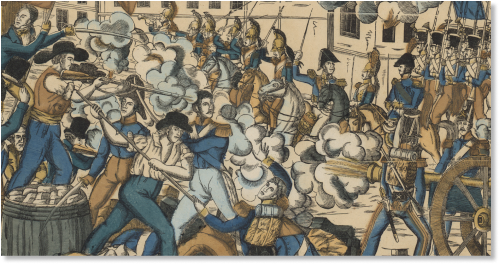

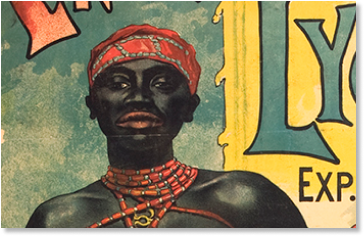
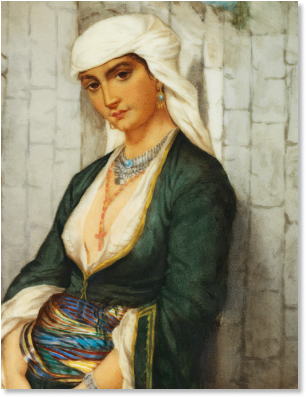
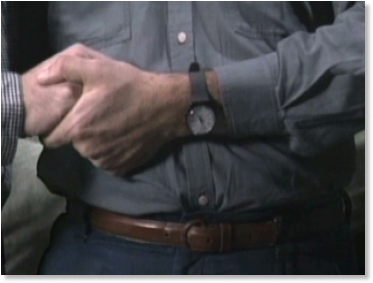
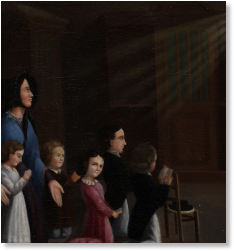
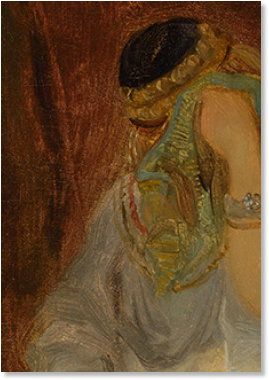
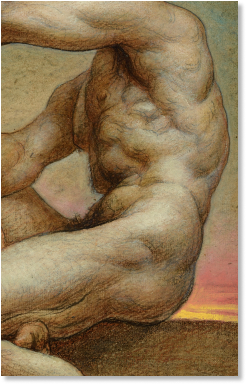
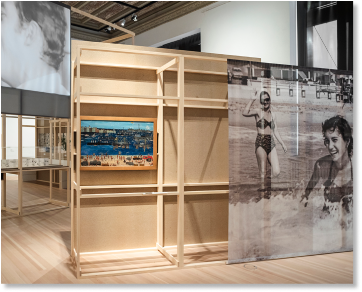
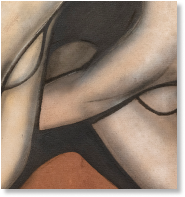
.png)
